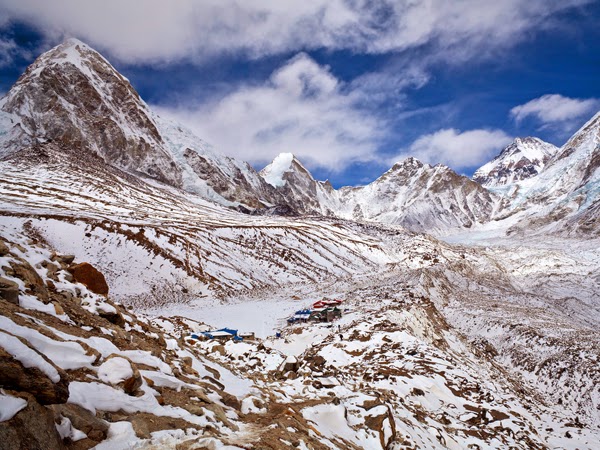India is a country that is rich in history and heritage. There are so many places in India that we could travel to, that you could spend your entire life exploring them. But before you start ticking off items on your bucket list, hold your horses because there are some gorgeous spots in India which are going to disappear in the next few years. Instead put these spot on the top of your list and start packing your bags because you must visit these places before they disappear.
Himalayan Glaciers: The Himalayan Glaciers look majestic and are beautiful beyond par. But due to global warming, they are melting and how. According to a research by the University of Milan, in the course of last 50 years, the Everest region has shrunk by 13 per cent. Just a few years more and all of it will be gone.
Lakshadweep Coral Reef: The coral reef is so beautiful that it will transport you into a dreamland the moment you reach there. But unfortunately the coral reefs face dire threat from pollution, coral mining and blast fishing. A study reveals that the sea levels, which have risen due to global warming is having an effect on reefs, lagoons, beaches and even sand dunes. The reef has been subject to increase in population, mining of coals, coastal corrosion, unrestrained construction and even unscientific waste disposal. It just a matter of years before they cease to exist.
Majuli: One of the largest river islands in the world, it lies on the banks of the Brahmaputra River. Visit the place in the next 15-20 years because it is likely submerge by that time. In 1950, when an earthquake occurred, the river rose up to the upper reaches of the island creating a huge impact. In 1998, too, the flood waters caused destruction. Since 1991, over 35 villages have been washed away in Majuli. The locals there truly know all about the fragility of life.
Sunderbans, West Bengal: Combine your trip to Majuli with this trip to Sunderbans. A UNESCO World Heritage site, Sunderbans is abounds in mangrove forests and is home to the endangered Bengal Tiger along with around 334 plant and bird species, snakes, crocodiles and other fauna. Being low lying islands, the rise sea levels due to melting of polar ice caps has impacted Sunderbans and submerged four islands in this archipelago. Around 10,000 locals have been rendered homeless and are classified as India's first wave of climate refugees. The entire chain of islands will be underwater soon.
The Western Ghats: The Ghats are the home of 300 globally threatened species, animal and insects. But its proximity to the metro cities makes them an alluring spot for land owners. The land zoning regulations that converted hill and agricultural land to residential and commercial ones too do not help in its conservation.
Valley of Flowers: Alpine blossoms, charming meadows and breathtaking landscape, the Valley of Flowers is a must-visit location. It is also one of the biggest hotspot for butterflies in the world. The place still retains its charm because the lack of pucca roads to this valley have put off most settlers so far. Still it is in danger due to deforestation, development and increasing influx of tourism. Climate change can also quickly eradicate this fragile ecosystem which relies on a delicate balance of warm and cold weather.
Wular Lake: The stunning Wular Lake in Jammu & Kashmir is one of the largest fresh water lakes in Asia. However in the recent years, the lake has been facing environment hazards due to pollution and hunting of waterfowl and other birds. The size of the lake has shrunk considerably in the past few years.



































